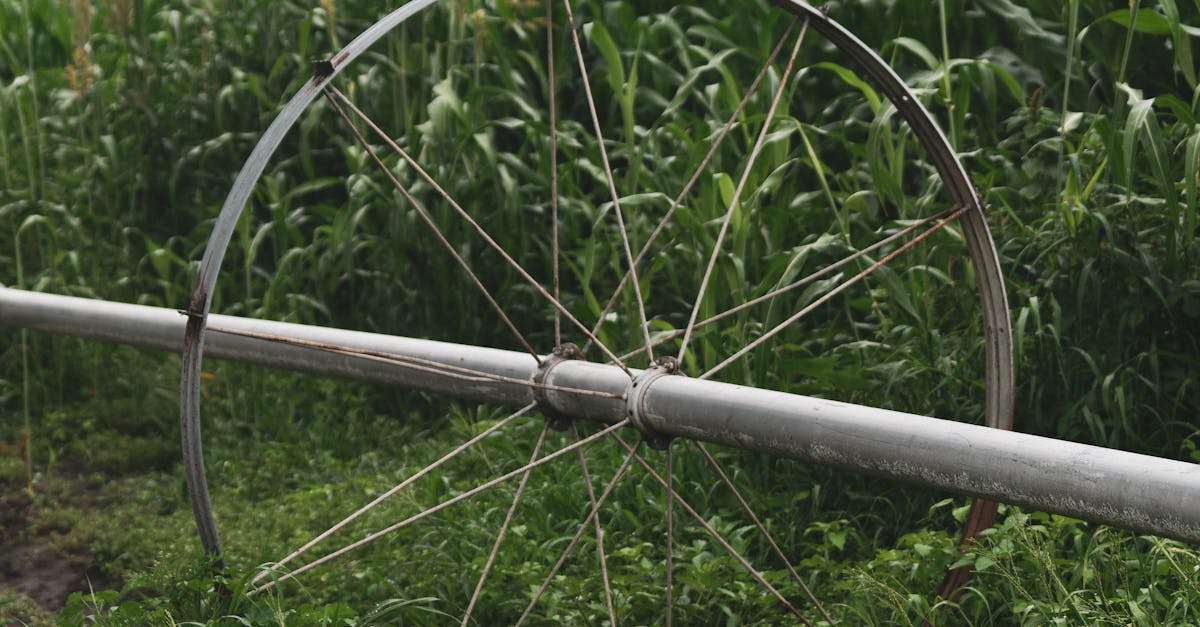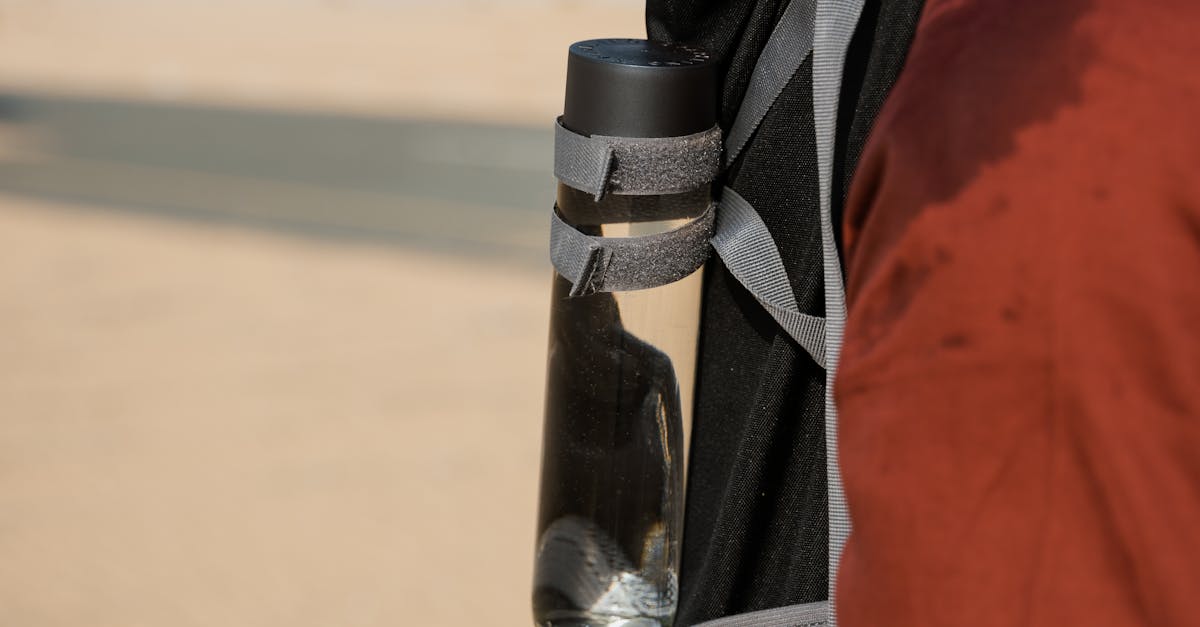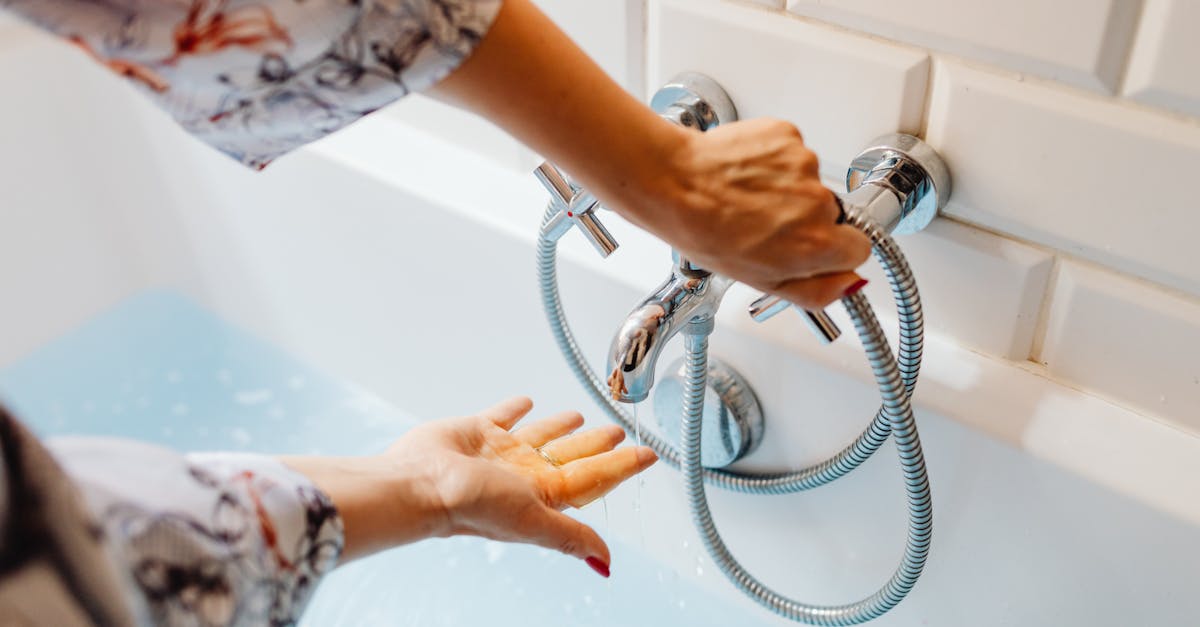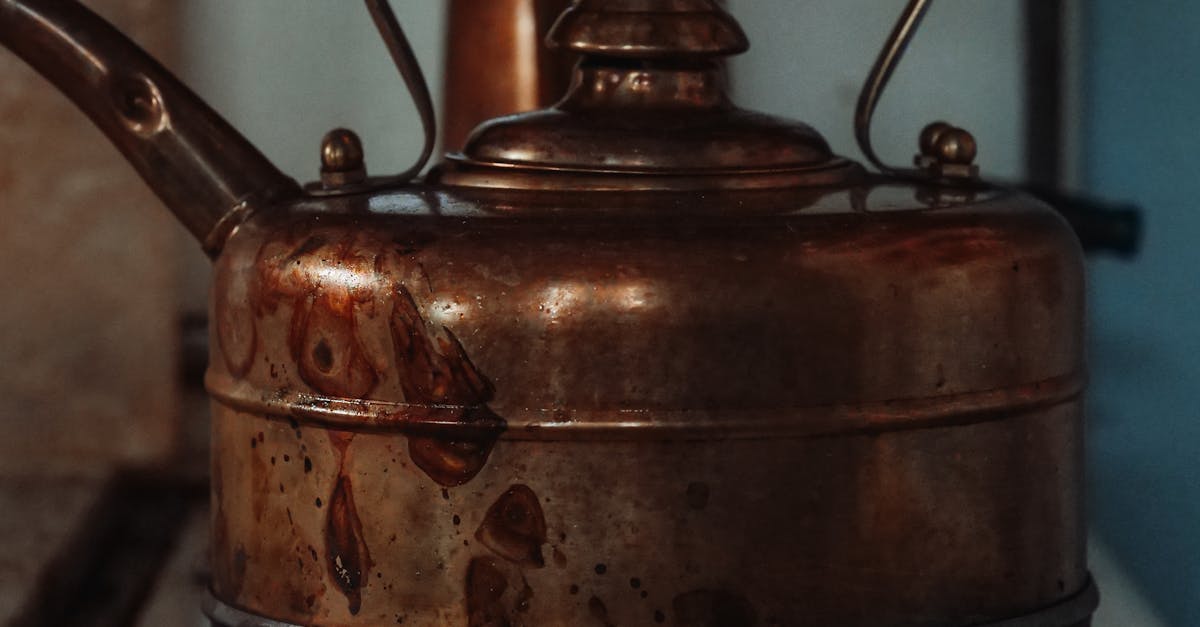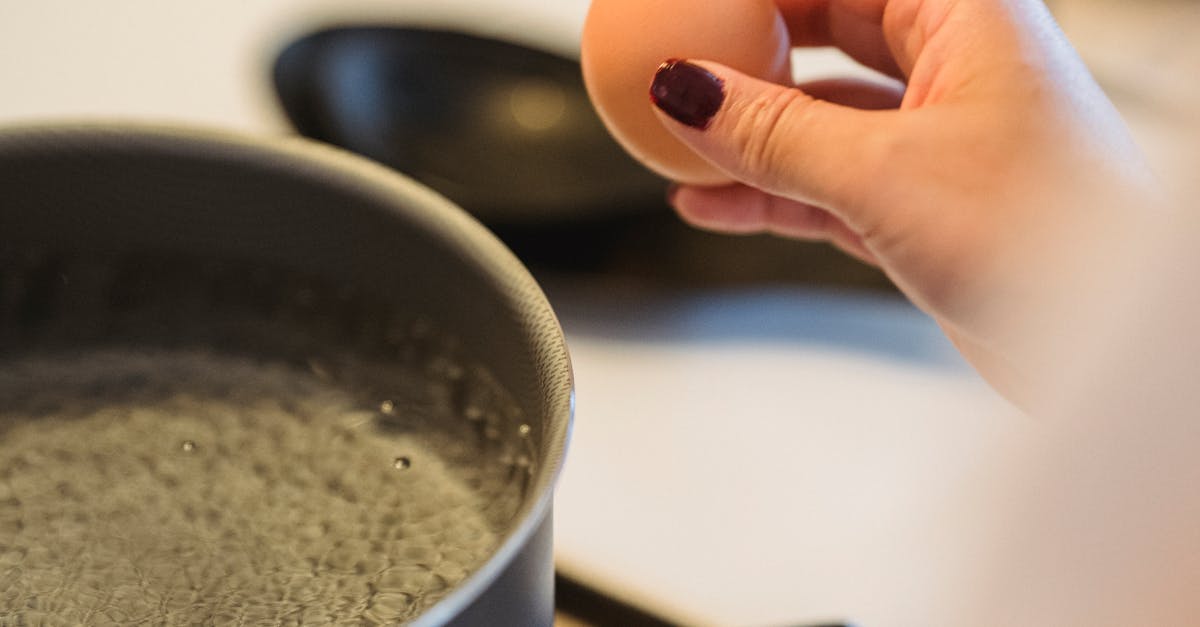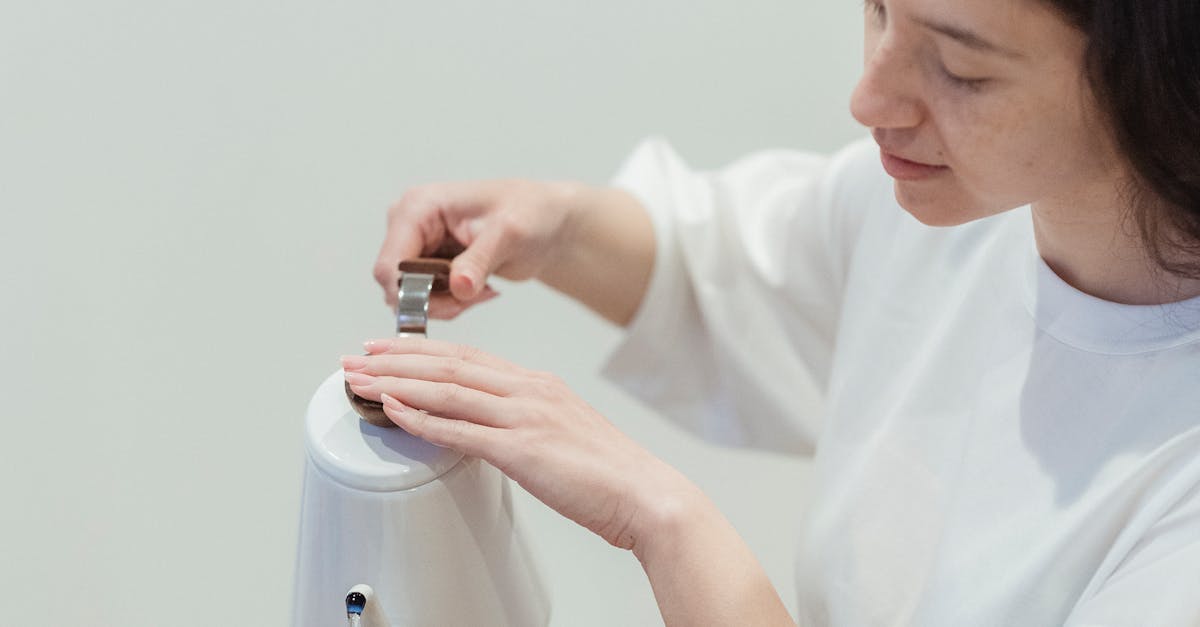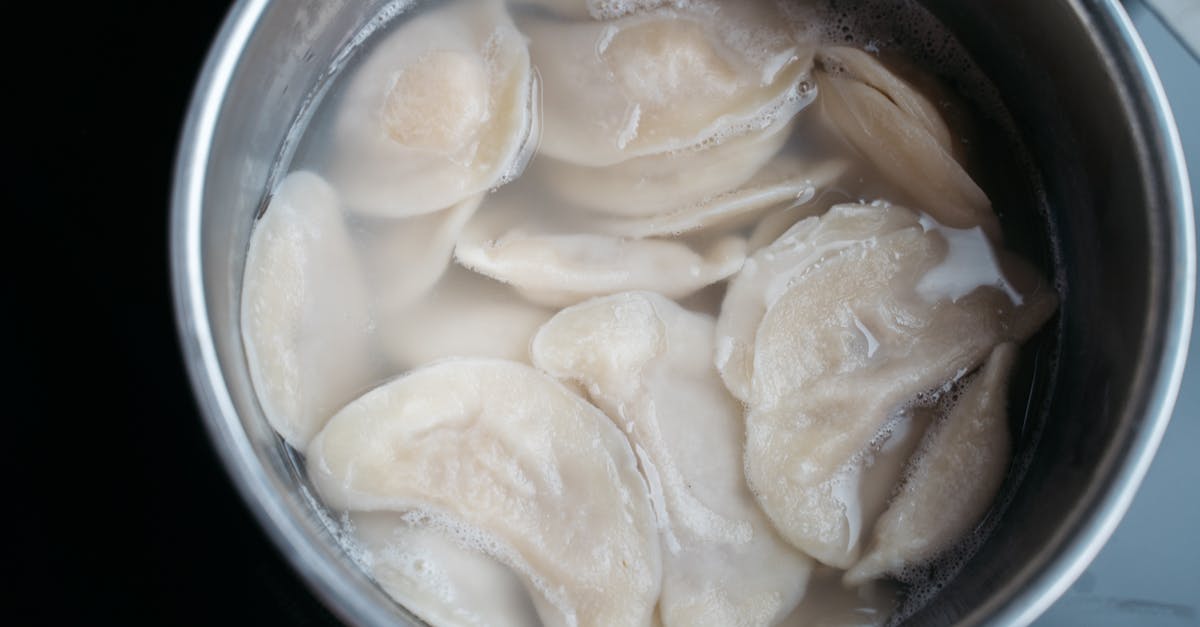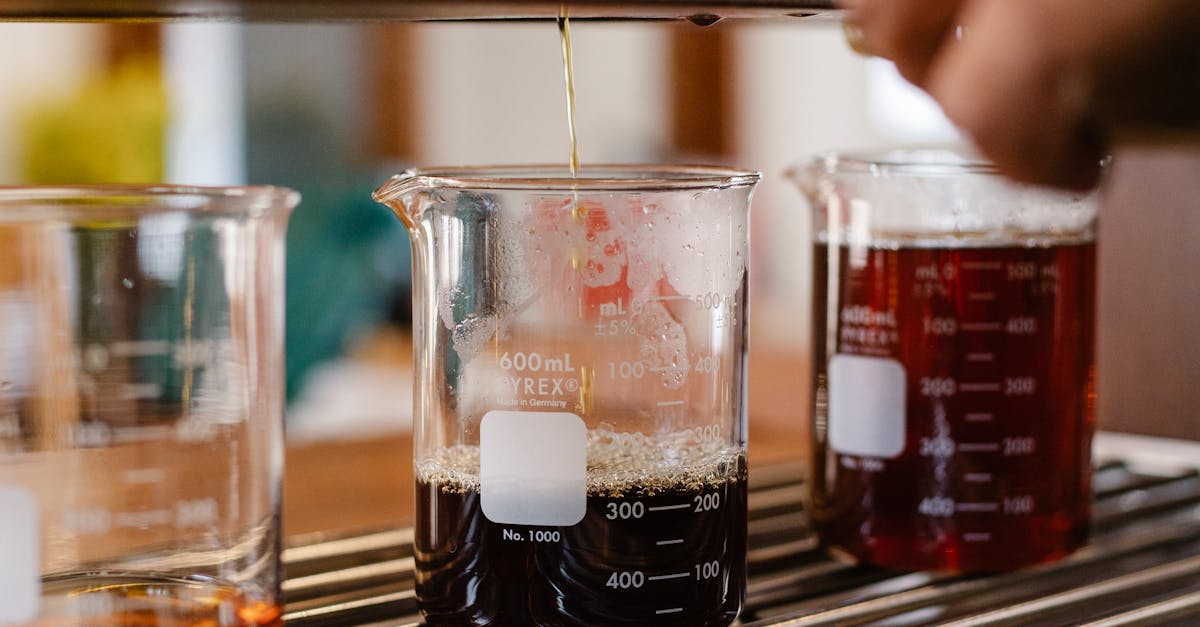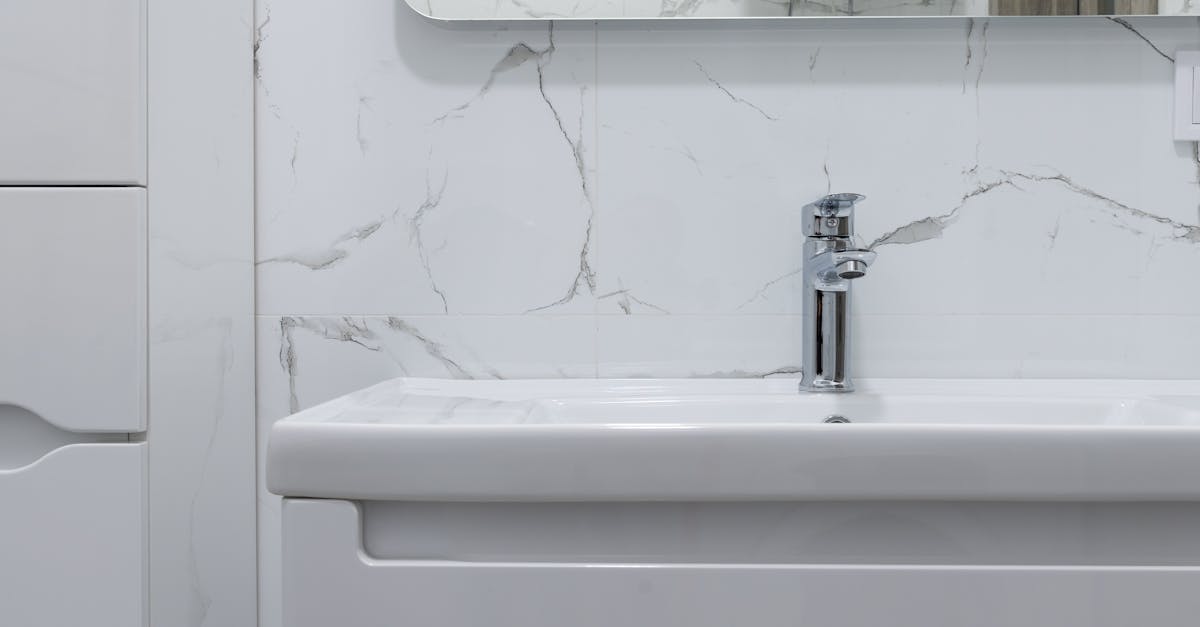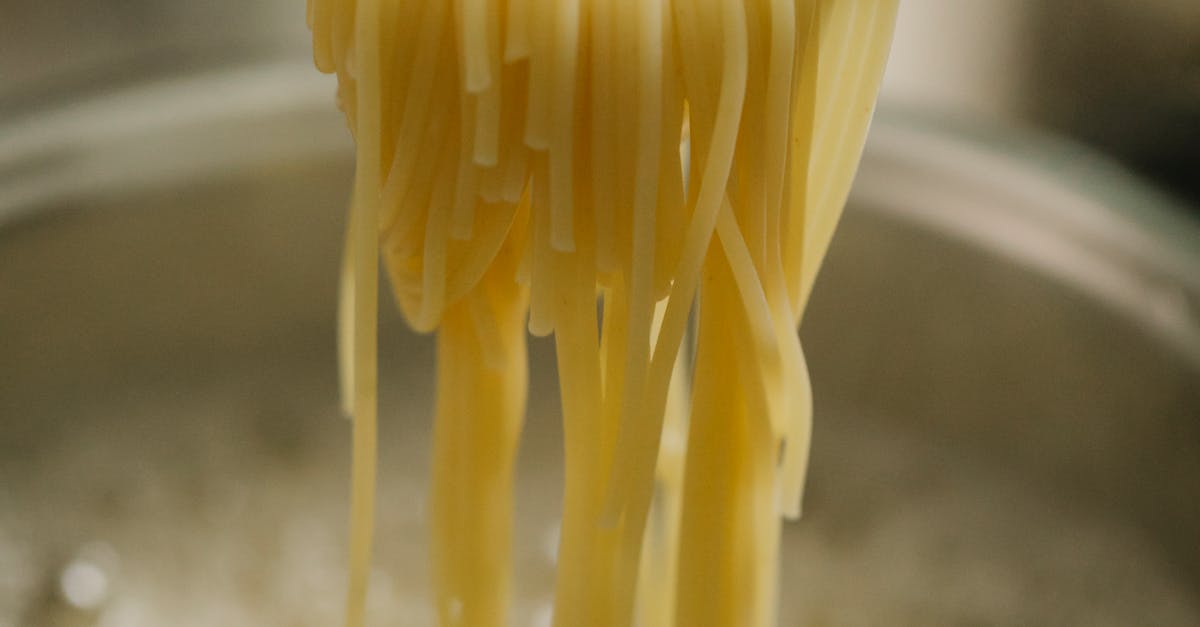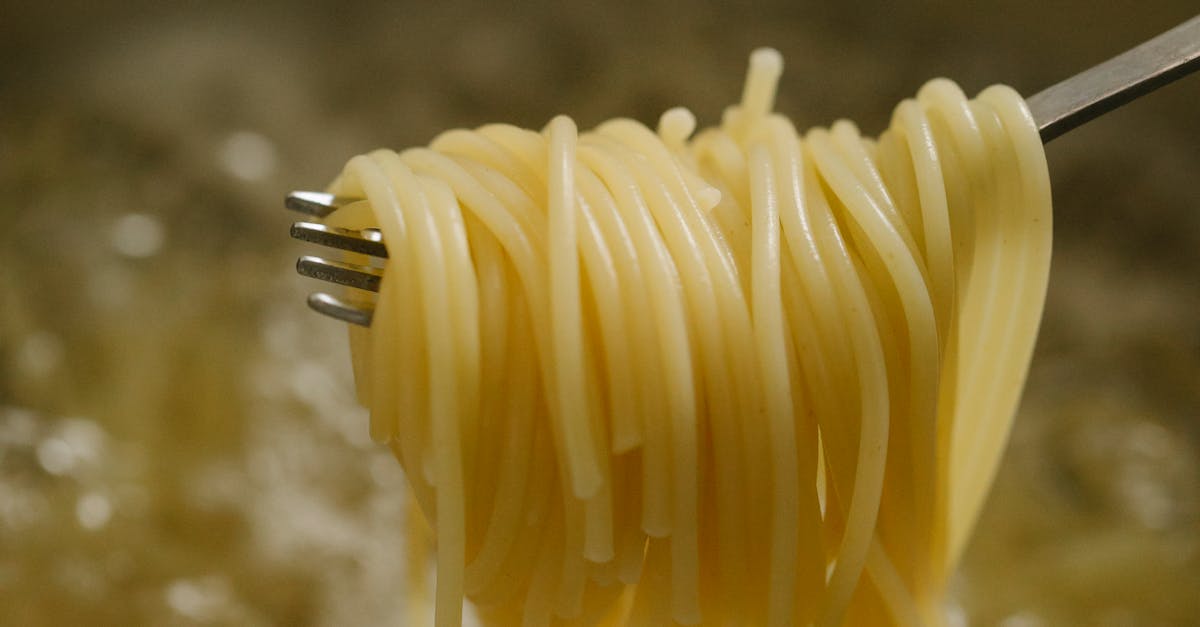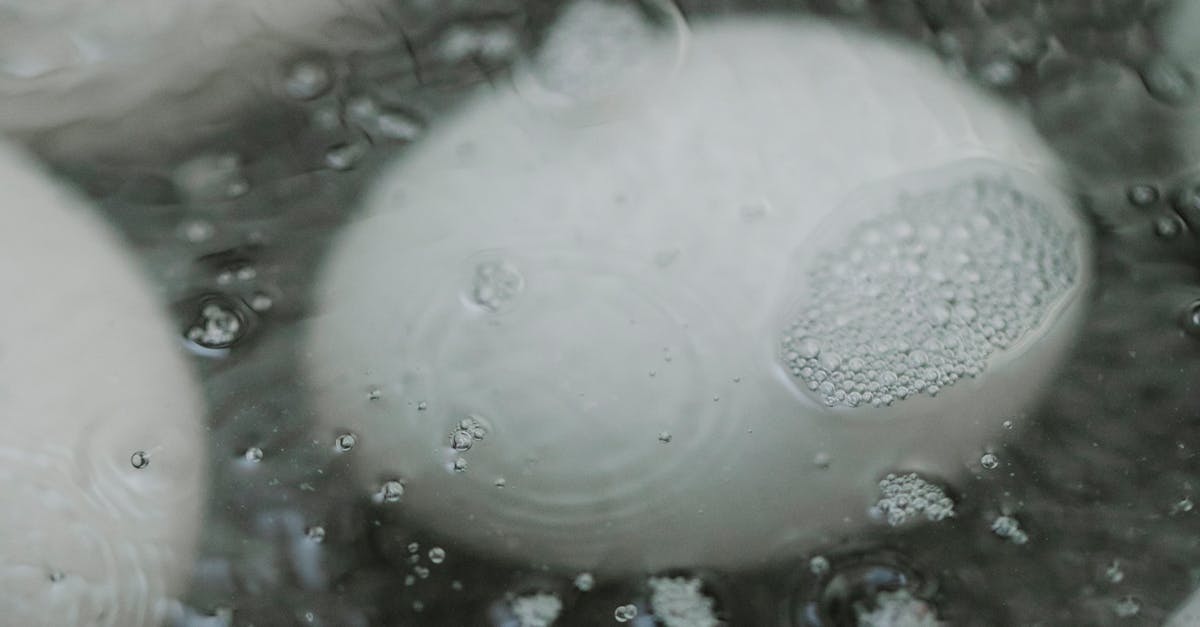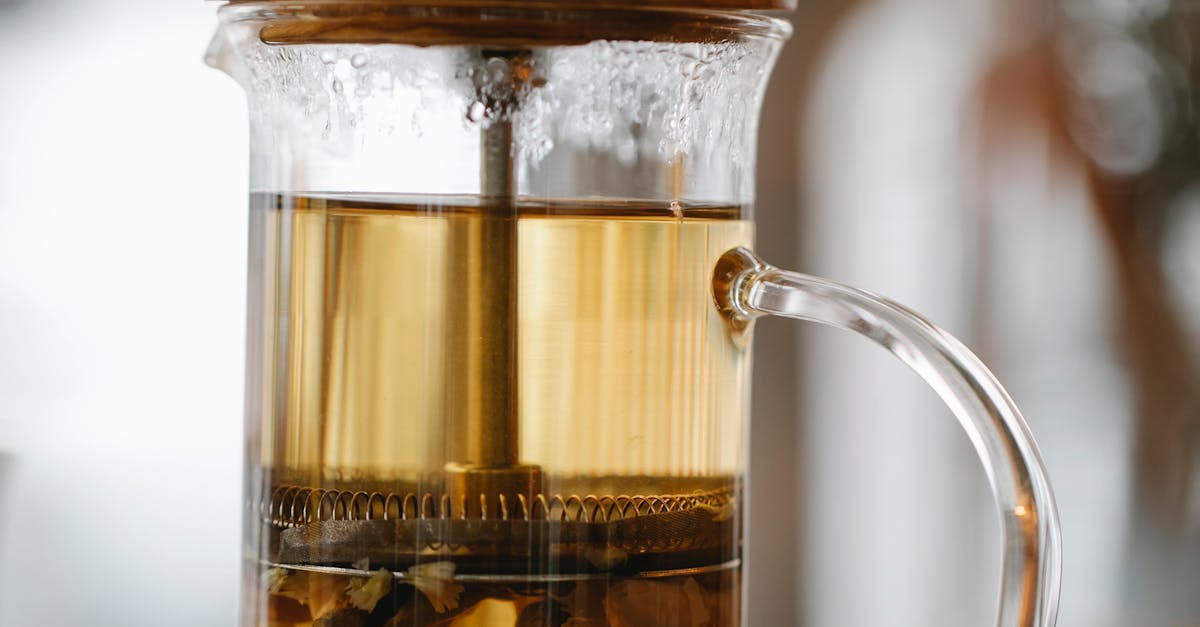
Table Of Contents
Temperature Pressure Relief Valve Problems
The temperature pressure relief (TPR) valve plays a crucial role in the hot water system by ensuring safety and preventing overheating. If this component is malfunctioning, it may not allow the water to reach the desired temperature. This situation can result in only warm water flowing from the taps, leaving users frustrated and confused.
Hot water system troubleshooting often reveals that a faulty TPR valve can lead to a reduction in overall water temperature. Regular maintenance and checks on this valve can help prevent issues before they escalate. If persistent warm water persists, replacing or repairing the TPR valve should be a priority to restore the hot water system's efficiency.
The Role of the TPR Valve
The Temperature Pressure Relief (TPR) valve plays a critical role in maintaining the safety and efficiency of a hot water system. It is designed to release excess pressure and prevent overheating. Should the temperature or pressure exceed safe limits, the TPR valve opens to allow hot water to escape, thereby reducing pressure within the tank. This safety measure is essential for preventing potential damage to the water heater and mitigating risks of explosions.
Hot Water System Troubleshooting often involves checking the TPR valve for proper function. A malfunctioning valve can lead to inadequate heating or even dangerous conditions if pressure builds up unchecked. Regular inspections and maintenance of the TPR valve can ensure it operates correctly and contributes effectively to the overall health of the hot water system.
Malfunctioning Heating Elements
When hot water systems fail to deliver the expected temperatures, one common culprit could be the heating elements. These components are essential for warming the water inside the tank, and if they malfunction, the water may only reach a lukewarm state. A visual inspection might reveal signs of corrosion or mineral buildup, which can inhibit their performance. In electric water heaters, a functional element often operates in tandem with a thermostat that controls temperature settings.
Hot Water System Troubleshooting can help determine whether the heating elements are working properly. Testing the elements with a multimeter can reveal if they are receiving power or if they need replacement. In some cases, the issue may be related to a failed thermostat that prevents the heating elements from activating appropriately. Addressing these problems promptly can prevent prolonged issues with inadequate hot water supply.
Diagnosing Electric Water Heater Issues
Diagnosing issues with electric water heaters can often begin with checking the thermostat settings. If the thermostat is set too low, it may prevent the heating elements from adequately heating the water. It’s also important to inspect the thermostat itself for proper operation and any wear or damage that might inhibit its function. A malfunctioning thermostat can lead to inconsistent temperatures, which might be the reason for warm rather than hot water.
Another key aspect of Hot Water System Troubleshooting is examining the heating elements. Electric water heaters typically have one or two heating elements, which can fail over time. A simple test with a multimeter can help determine if these elements are operational. If an element is faulty, it will need to be replaced to restore the water heater’s ability to produce hot water effectively. Regular maintenance and checks can help prevent such issues from arising in the first place.
Plumbing Issues Affecting Hot Water Delivery
Issues with plumbing can significantly impact the delivery of hot water. Corroded or damaged pipes can restrict water flow, preventing an adequate supply of heated water from reaching your faucets and fixtures. When pipes become clogged with sediment, minerals, or debris, it can lead to insufficient pressure, resulting in lukewarm or inconsistent hot water. Homeowners may notice this problem during peak usage times when multiple fixtures are drawing water simultaneously.
Hot Water System Troubleshooting often reveals the interplay between various plumbing components that contribute to these delivery issues. Leaks in the plumbing can reduce overall efficiency, diverting heated water where it is not needed. Observing water stains or dampness around pipes can indicate the presence of leaks. Regularly inspecting the plumbing system and addressing any potential problems can help maintain consistent hot water delivery throughout the home.
Identifying Pipe Problems
When experiencing lukewarm water, examining the plumbing system can reveal potential issues contributing to inadequate heating. Corrosion or sediment buildup in pipes may restrict hot water flow, leading to a significant drop in temperature by the time it reaches the faucet. In addition, if old pipes are used, they might not be insulated adequately, allowing heat to escape as hot water travels through them.
Cold spots along the piping might indicate that the insulation is damaged or insufficient, further hampering the effectiveness of the hot water system. Any signs of leaks should also be addressed promptly, as they can lead to diminished pressure and affect overall performance. Conducting thorough hot water system troubleshooting will help ensure the plumbing is functioning optimally, providing reliable access to heated water.
FAQS
What are common reasons for hot water not being hot enough?
Common reasons include problems with the temperature pressure relief (TPR) valve, malfunctioning heating elements, and plumbing issues affecting hot water delivery.
How does the temperature pressure relief (TPR) valve affect hot water?
The TPR valve helps regulate the temperature and pressure within the water heater; if it’s malfunctioning, it can lead to lower water temperatures.
What should I check if my electric water heater isn't heating properly?
You should inspect the heating elements, ensure they are functioning correctly, and check for any issues with the thermostat setting.
Can plumbing issues cause hot water to be only warm?
Yes, plumbing issues such as clogged pipes or leaks can restrict hot water delivery, resulting in water that is only warm instead of hot.
How can I troubleshoot my hot water problems?
Start by checking the TPR valve, inspecting the heating elements, and examining your plumbing for any clogs or leaks. If issues persist, consider contacting a professional plumber or technician.










